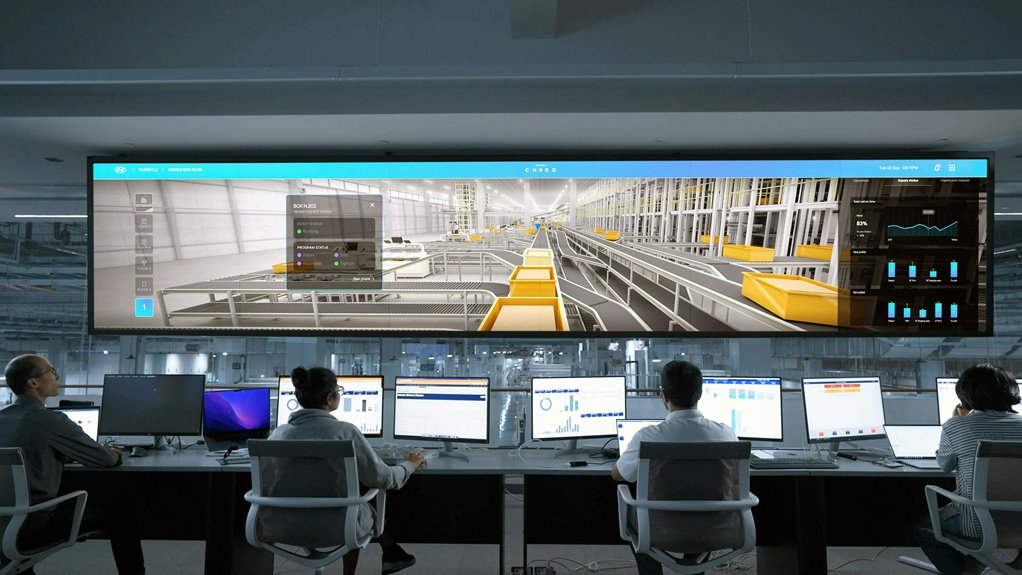You’re tasked with optimizing networks, ensuring security, and implementing maintenance strategies. The Network Engineering and Maintenance Bureau, identifiable by specific numbers, plays a vital role in these areas. As you navigate the complexities of network infrastructure, understanding key responsibilities, innovations, and future trends becomes essential. What strategies will you adopt to align with evolving digital demands?
Key Responsibilities of Network Engineers
Network engineers play a crucial role in designing, implementing, and maintaining an organization’s network infrastructure.
You’ll focus on network design, ensuring scalability and efficiency. Your troubleshooting skills are vital for diagnosing and resolving issues swiftly, minimizing downtime.
Innovations in Network Maintenance
As organizations increasingly rely on complex network systems, innovations in network maintenance have emerged to enhance efficiency and reliability.
Automated monitoring tools now provide real-time insights, allowing you to identify issues before they escalate.
Coupled with predictive maintenance strategies, these innovations empower you to optimize performance and reduce downtime, ensuring your network remains robust and responsive to ever-evolving demands.
Importance of Network Security
In today’s digital landscape, safeguarding your network is crucial for maintaining data integrity and operational continuity.
You face numerous network threats that can compromise sensitive information. Implementing robust security protocols not only protects your assets but also ensures compliance with regulations.
Future Trends in Network Engineering
While you navigate the evolving landscape of technology, staying ahead in network engineering requires an eye on emerging trends.
Expect rapid 5G implementation, AI integration for smarter systems, and IoT expansion driving connectivity.
Edge computing will enhance processing efficiency, while automated networks streamline management.
Quantum networking promises unprecedented security, and advancements in virtual reality and cloud infrastructure will redefine user experiences and capabilities.
Conclusion
In conclusion, the Network Engineering and Maintenance Bureau is vital for creating resilient network infrastructures. While you might think network engineering is too complex, it’s about simplifying challenges through innovative solutions. By focusing on key responsibilities, embracing cutting-edge technologies, and prioritizing security, the bureau positions itself to adapt to future demands. Investing in these areas ensures not only optimal performance but also peace of mind in an increasingly digital world. Your network’s reliability starts here.










